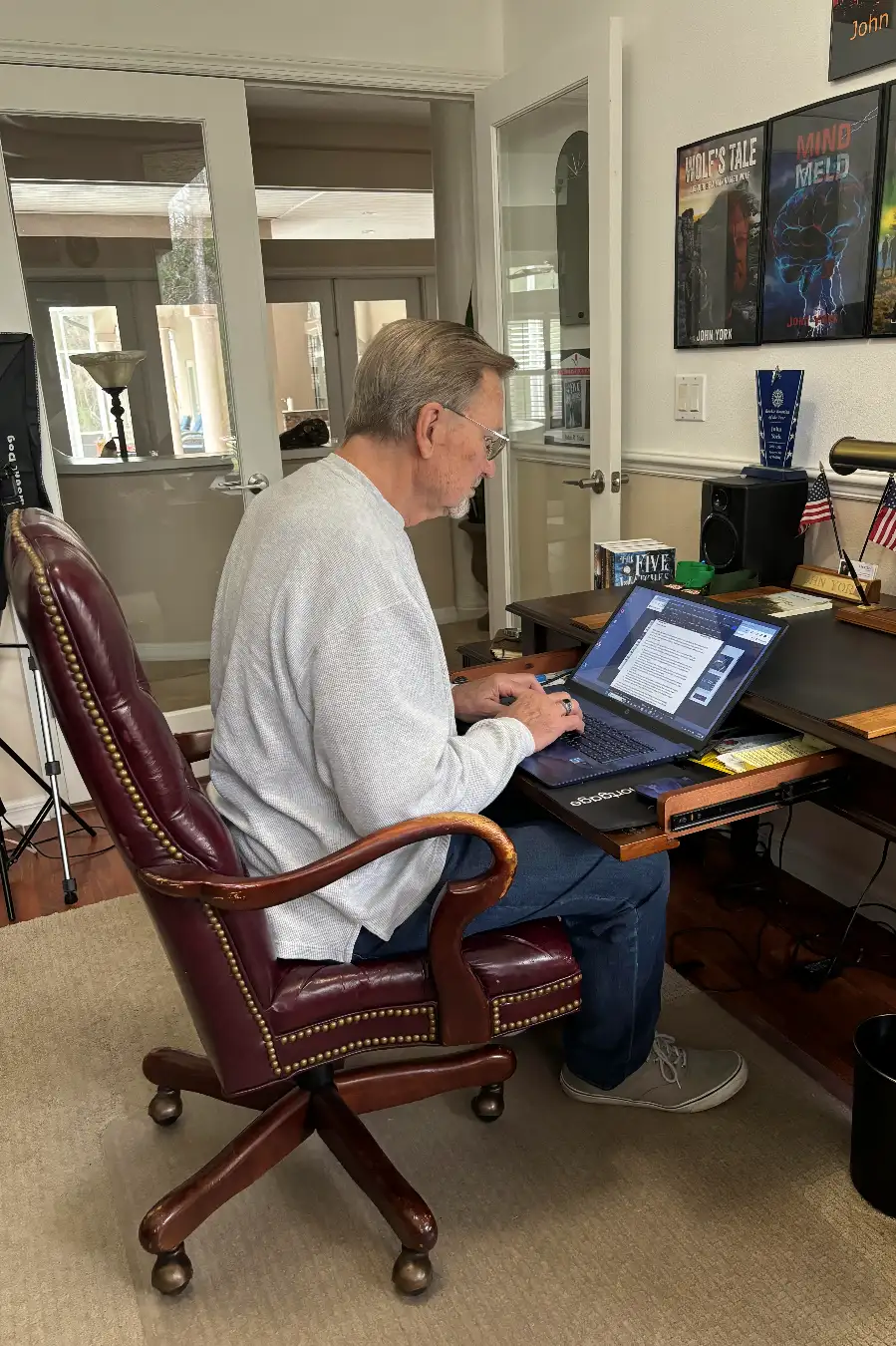
Book2Look for Writing Tips
Writing Tips
Getting Started
Many people I’ve met tell me they've always wanted to write a book - usually their own story. Everybody has a story. No matter what you write, your own life experiences, attitudes, beliefs, concerns, and behaviors will ultimately leach into that story. And that’s okay.
One excellent way of figuring out how to create your story and how that story will flow from beginning to end is to create an outline using a technique called The Five Act Structure. There are lots of websites online that you can check out for details, but here is a quick description:
1. Begin with a short outline that structures what you want to write about. Begin with identifying your main characters: the protagonist(s) and the primary antagonist(s). Who are they, what are they like, and what are their roles in the story? What happens in the beginning of the story that disrupts or changes their life? (This is act 1 in a 5-act structure, also called the Exposition.)
2. Some writers think you should start a story by deciding how your story will end. What is the final outcome you want to create, the moral or lesson learned? (This is act 5 of the 5-act structure, also called the Denouncement or Resolution.) If you don’t know what that end is yet, then go ahead and start at the beginning. How will the story begin?)
3. Define the climax. Describe the conflict your protagonist must encounter and the point when and where the protagonist meets the conflict head on. (This is act 3 of the 5-act structure, called the Climax.)
4. Define the action that leads up to the climax, which might include all the obstacles and struggles the protagonist must face and overcome to confront the antagonist/ challenge, a time of self-doubt and self-discovery. (This is act 2 of the 5-act structure, also called the Rising Action.)
5. Define how the protagonist begins to resolve the issues that led up to the climax, how struggles are resolved or reduced. (This is act 4 of the 5-act structure.)
You'll notice that the order of creating your outline in my list is not in the order of the acts. Many writers believe that defining the beginning, the end, and the climax first helps in creating acts in between. If that's confusing then perhaps you can tackle the process in whatever way is logical for you. But you might want to go back at some point and see if you can identify these structural components in what you've written. They are the essential building blocks of a good story.
If you really want to try your hand at writing, the main thing you must do is to just sit down and start writing. As with anything worth doing, you need to discipline yourself to devote some time to the task. Even a little time, as long as it’s on a regular basis, will eventually get you to your goal
One more thing I would suggest: don’t try to write War and Peace when you begin. Think about writing a short story, something familiar. Think about something that happened to you, or to a friend, or that you heard about, then write it down as a short vignette or anecdote. You can make it factual or just make up a story based on an event or activity you know something about. You could try to do what I do – write about your dreams.